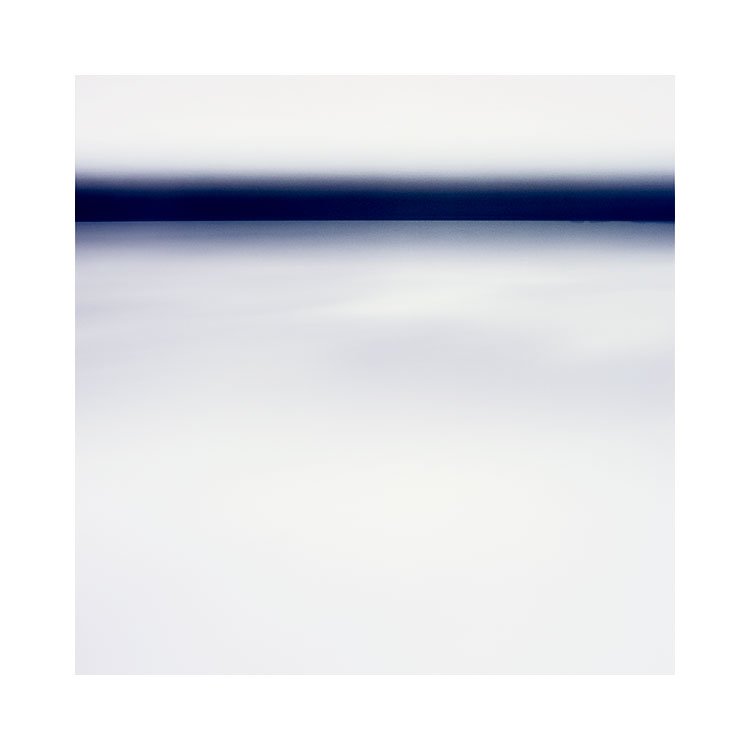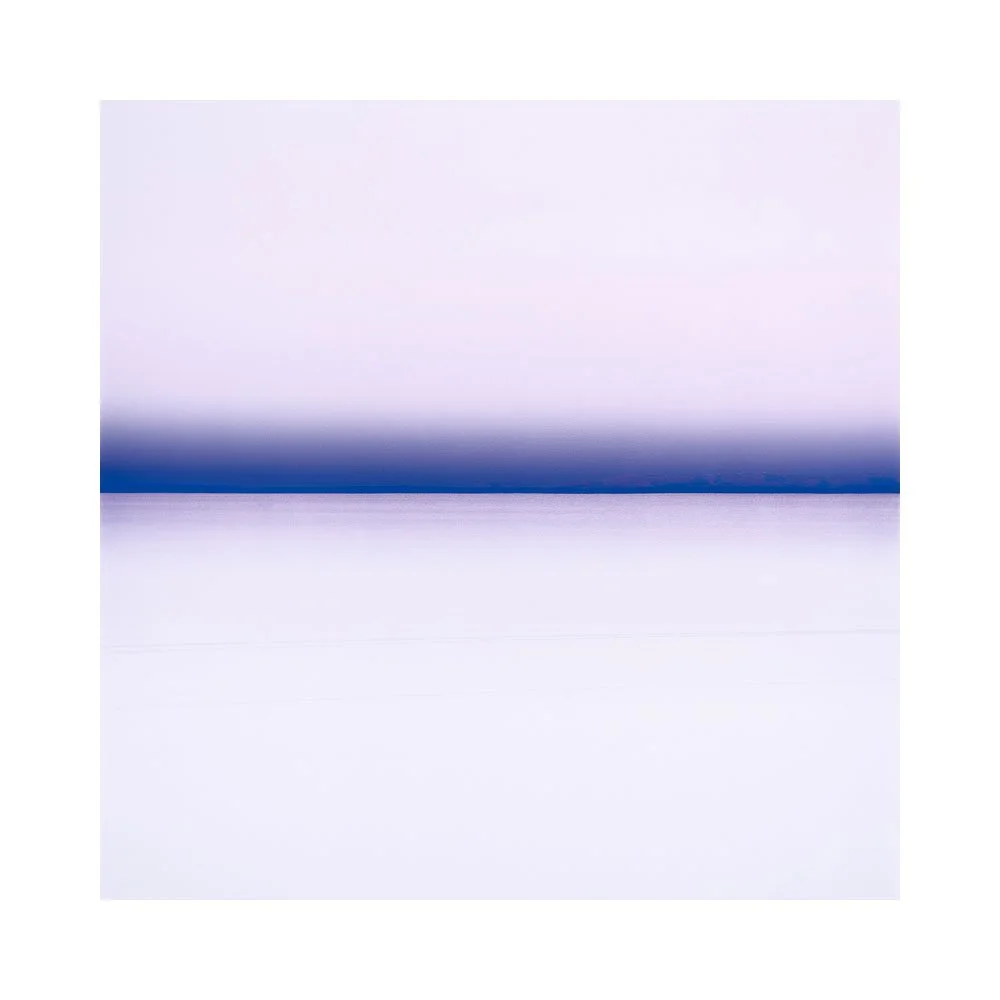Creatively speaking:
if you knew you couldn't fail, then what would you do?
I’m in Holland right now, visiting some friends, and one of them asked me this today. I must admit that it gave me a chance to check in on my own thoughts and attitudes towards my own creativity right now.
Since I’ve been dragging myself back out of the whole covid thing, and getting back to making images, and running workshops and tours, I have felt that there is a part of me that is holding me back. There is a voice saying ‘but this might happen….’ or ‘best to save some money and not do so much travel right now’.
If I were to apply the question above, then I know the answer would be: I would not be cutting back on things. I would be pushing forwards with new plans for many new places etc. I would feel I have endless opportunities.
This question could of course be applied to other aspects of my creative working life. Not just in whether I feel confident to explore travelling to new destinations. It may also be a question to ask oneself when creating actual work.
I am always fascinated by the assumption that being creative is about producing things that are good or finished. In my view, being creative is about removing any kind of self-judgement of what I’ve done so that I can take risks and try out things. It is a matter of learning to let go, and of actually….. letting go.
For instance, if you did not care one bit how something may turn out, then you may be more apt to experiment, or go more freeform and see what happens. I think this degree of letting go can only happen if you accept and are comfortable with failure.
So, asking oneself the question : ‘if you knew you couldn’t fail, then what would you do?’ opens up the realisation that perhaps you are giving ‘success and failure’ too much power over you. Perhaps whether you succeed or fail, is stopping you, or holding you back?
If you knew that success was guaranteed, you would try out more options, experiment more, wouldn’t you?
Perhaps, if you have trouble with your photography, or are looking for new ways to be inspired, all you really need to do is ask yourself
‘if I knew I couldn’t fail, then what would I do?’
Perhaps that is all you need to do.

































